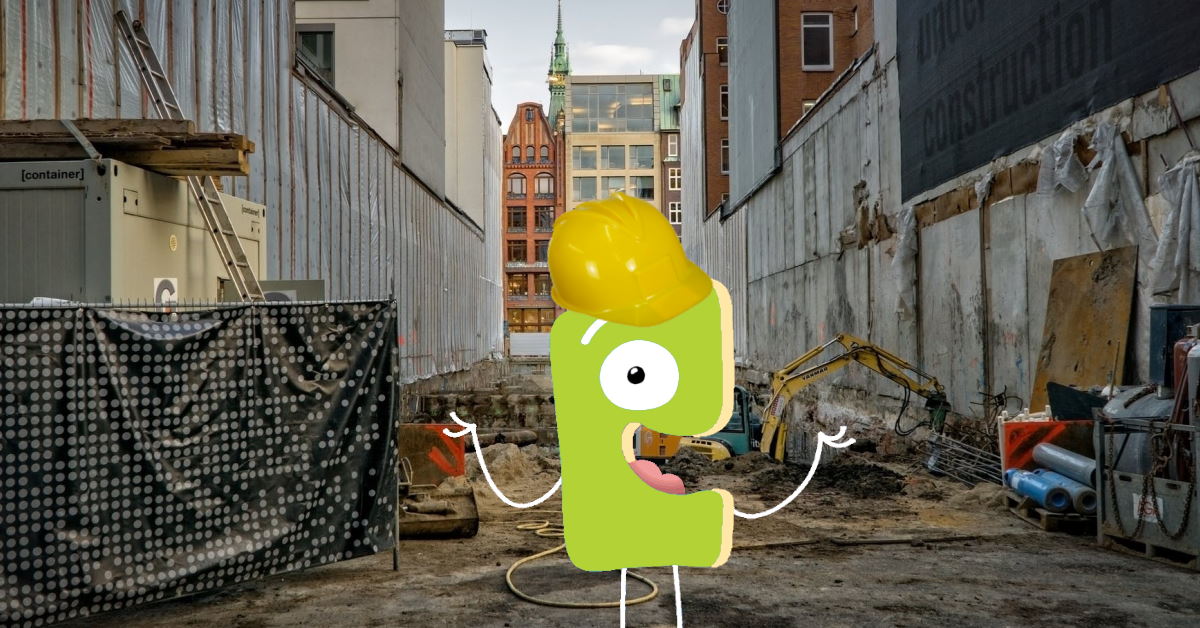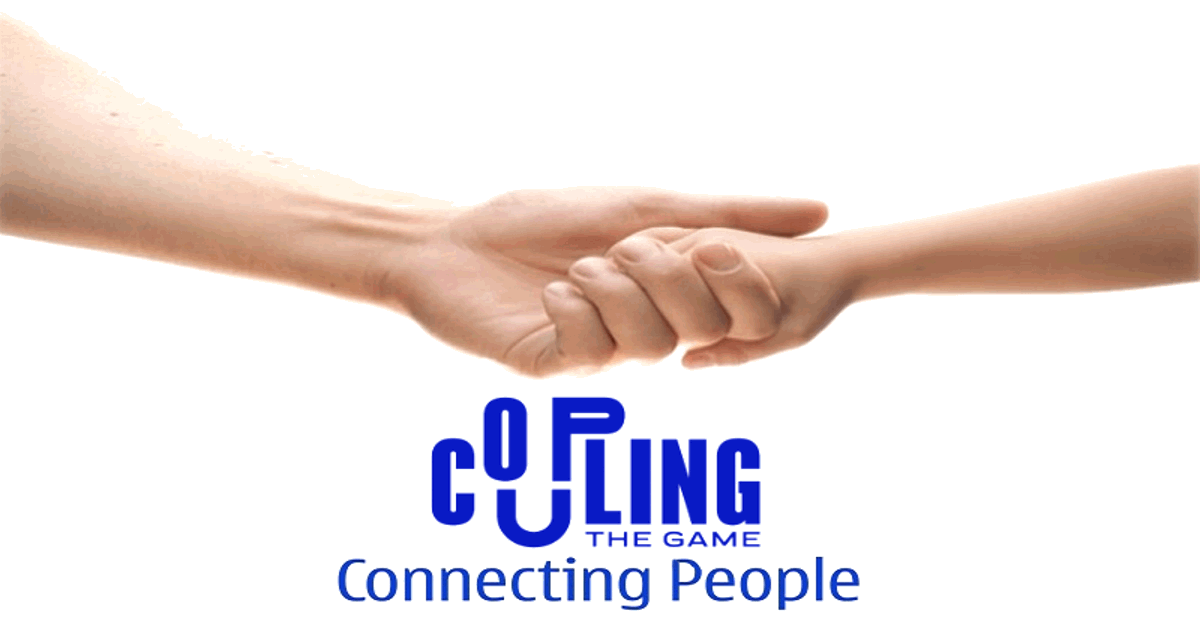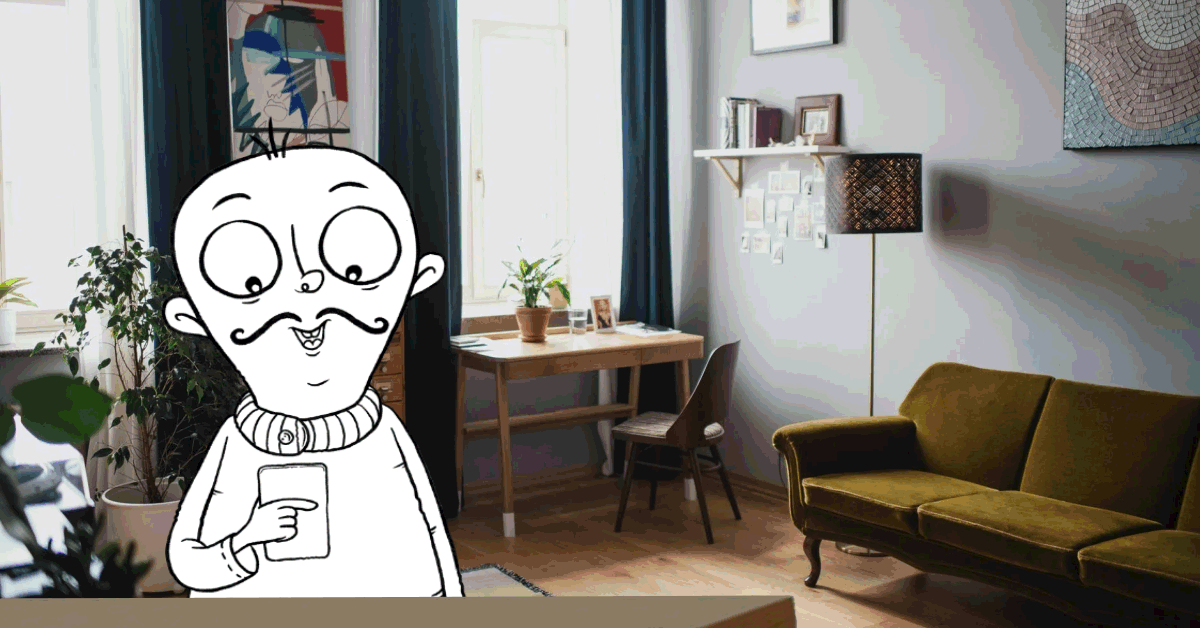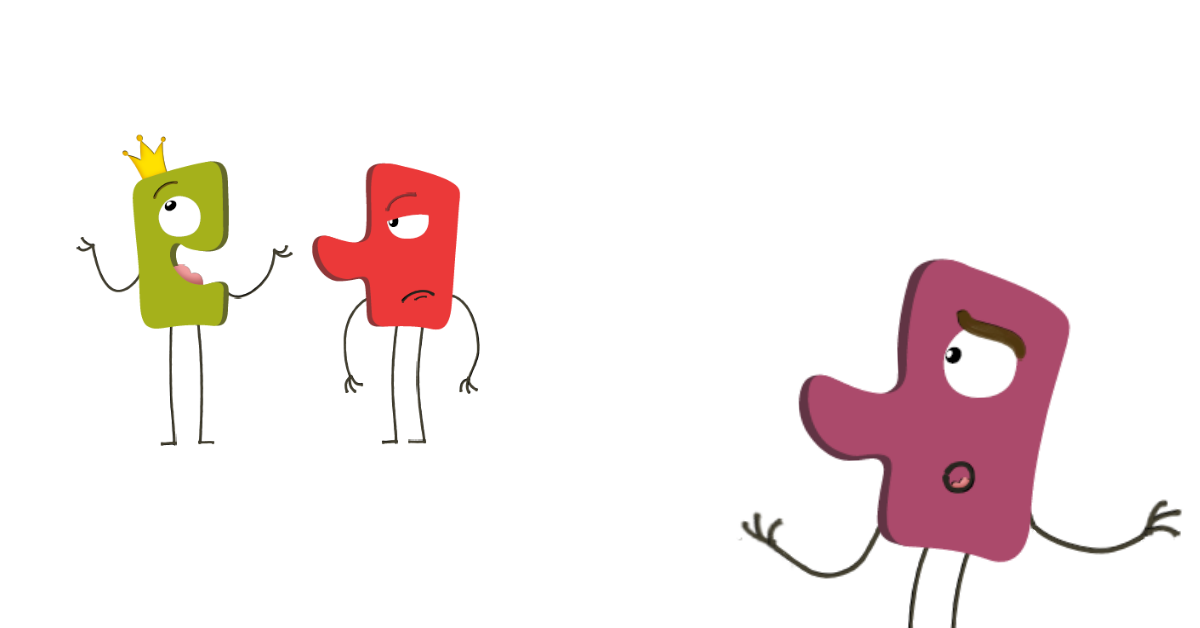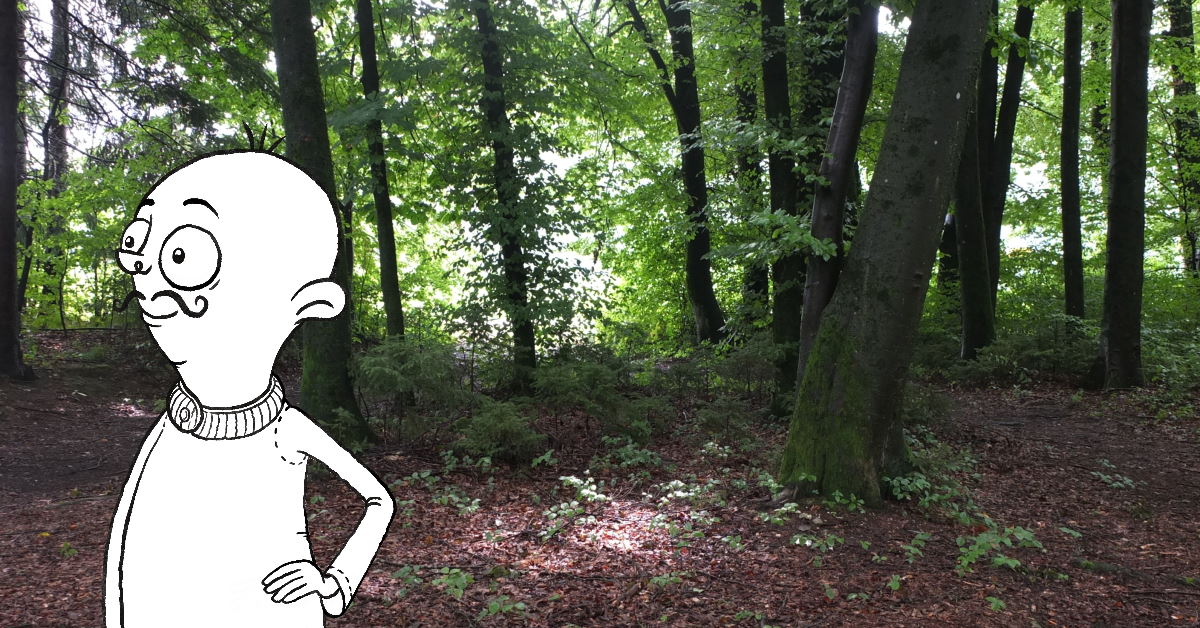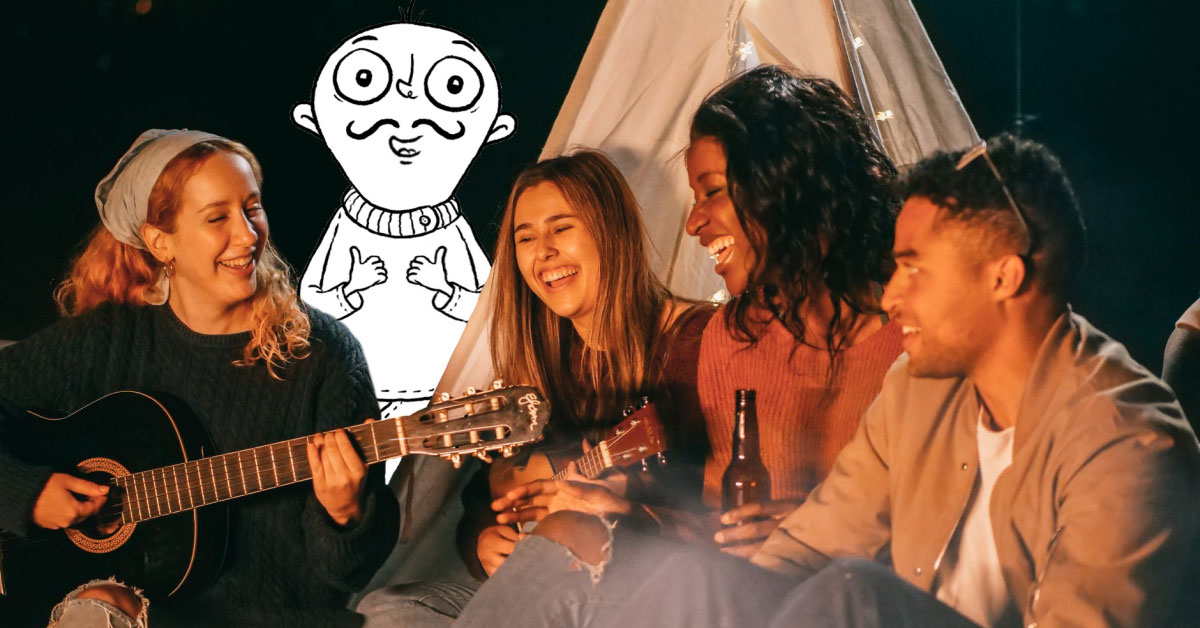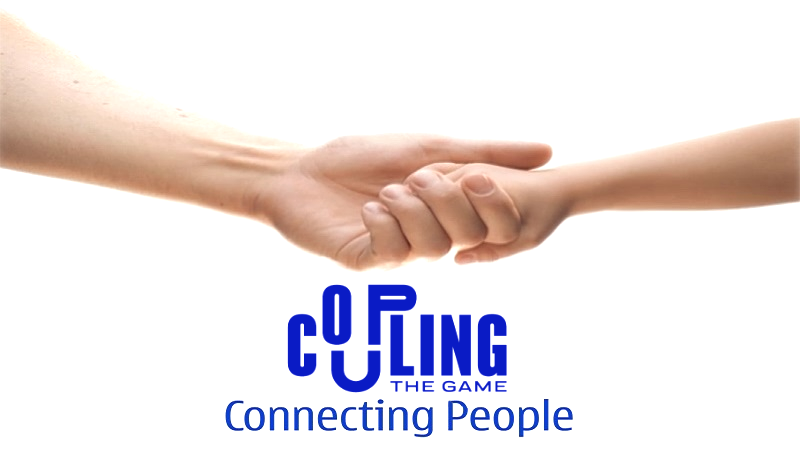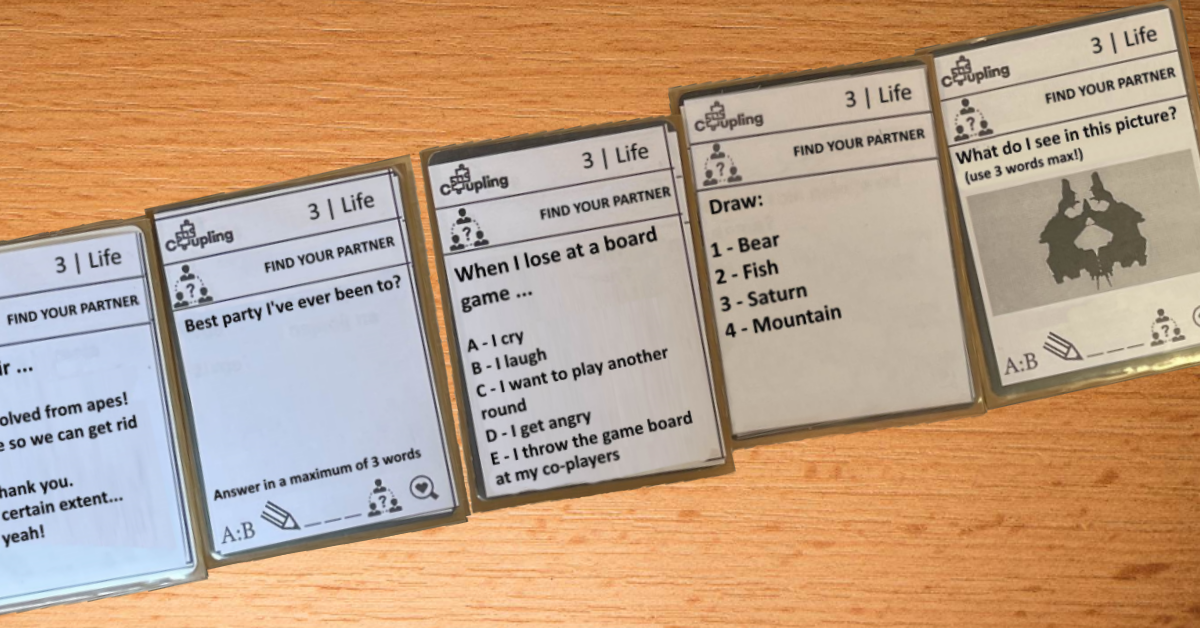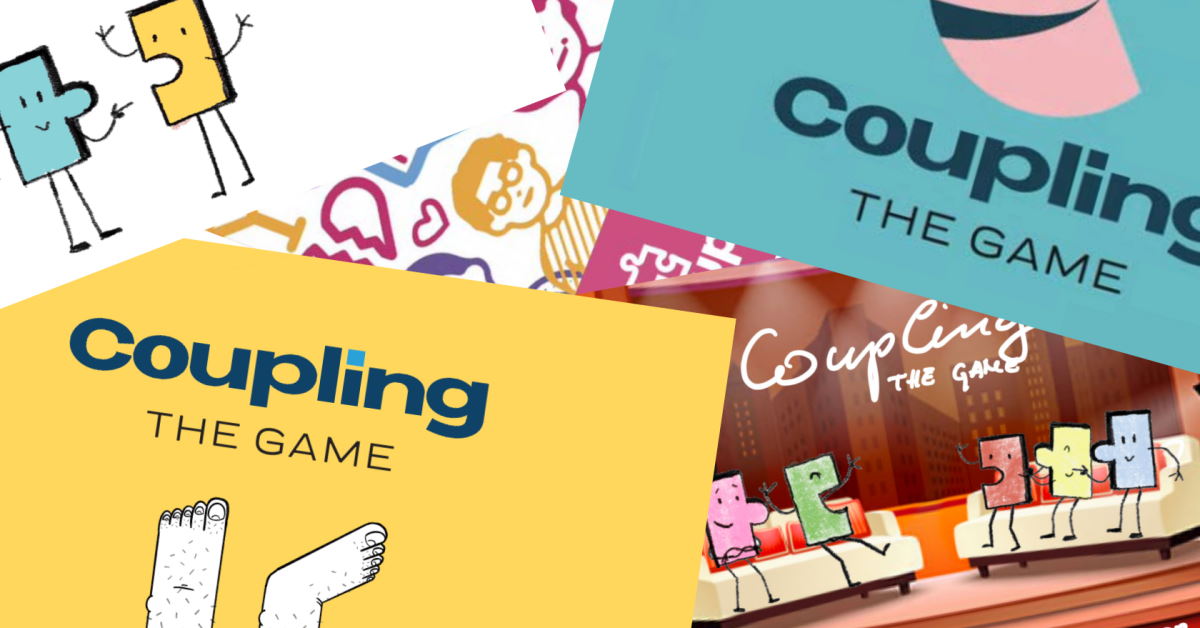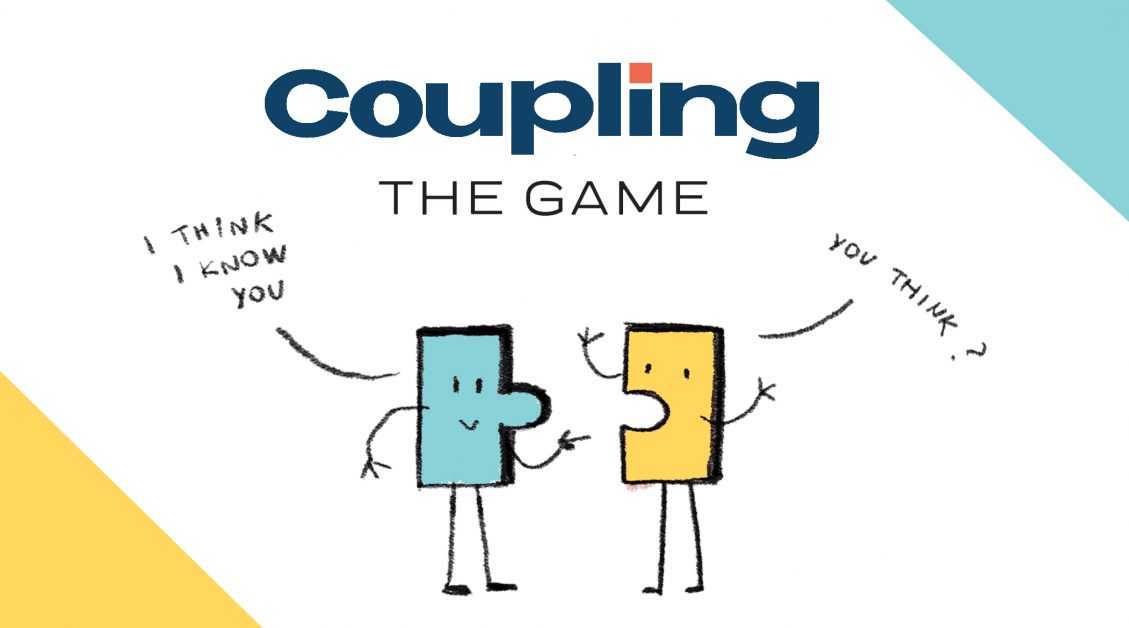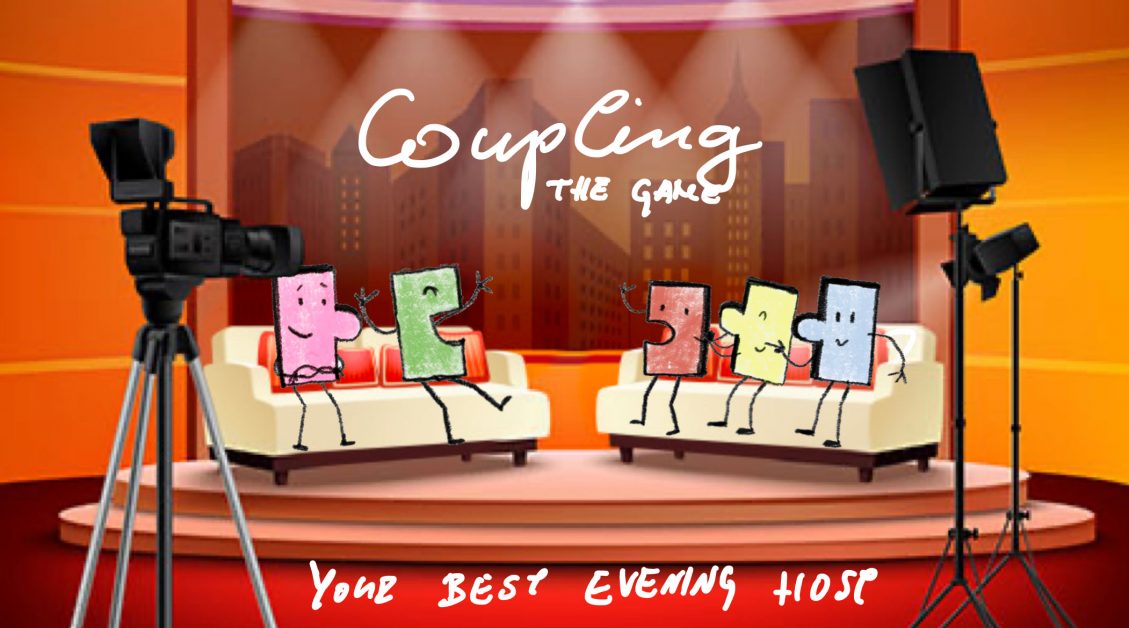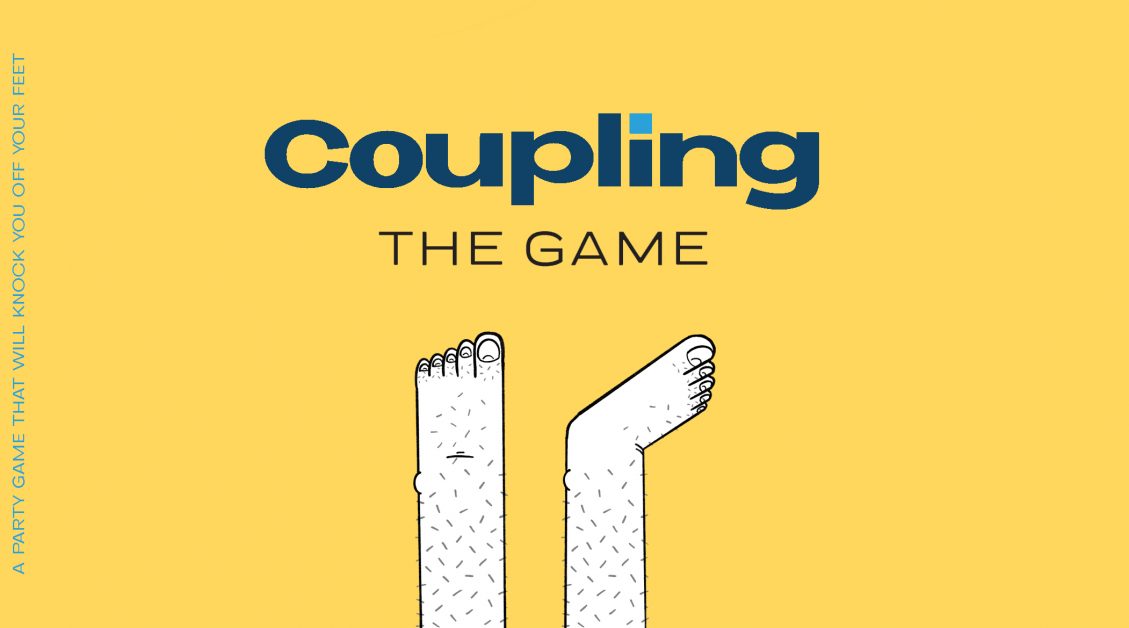And now, we’re nearing the end of the game. You are now in only one couple! There is a change of objectives in this stage: you must put yourself into your partner’s shoes.
Divide and Answer
First, every couple has to divide into groups A and B, so that half of players belong to group A, and the other half to group B. When you’re playing with an uneven amount of players, someone will have to play as a “Single” at this stage. They’ll have special rules to play by, and we’ll look into those next week.
Unite the Couple
Next, the player whose turn it is takes a card and reads it out loud. Now, let’s say that this player belongs to group A. Everyone in group A now writes down the answer to the question and hides it. Then, one of the members of group A collects the answers and reads them to the members of group B. Finally, they must now figure out the answer that belongs to their partner!
If they figure out which answer belongs to their partner, their couple can move forward. If they don’t, they stay in their place. Then, they change roles. The partner that belongs to group B answers the question, and the group A partner tries to find it!
There is More Than Just One Challenge
Similarly to stage two, stage three offers many different types of challenges while keeping the same purpose of finding your partner. You might have to choose between multiple choice answers. You might have to figure out which koala bear your partner drew or what party they wrote about. Or, you might just have to unriddle what your partner saw in a Rorschach blot.
Either way, you’re going to see if you can actually think like the partner that stayed with you for the entirety of the game. And if you can get to the Finish Line together before everyone else!

